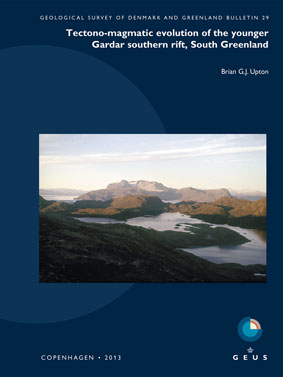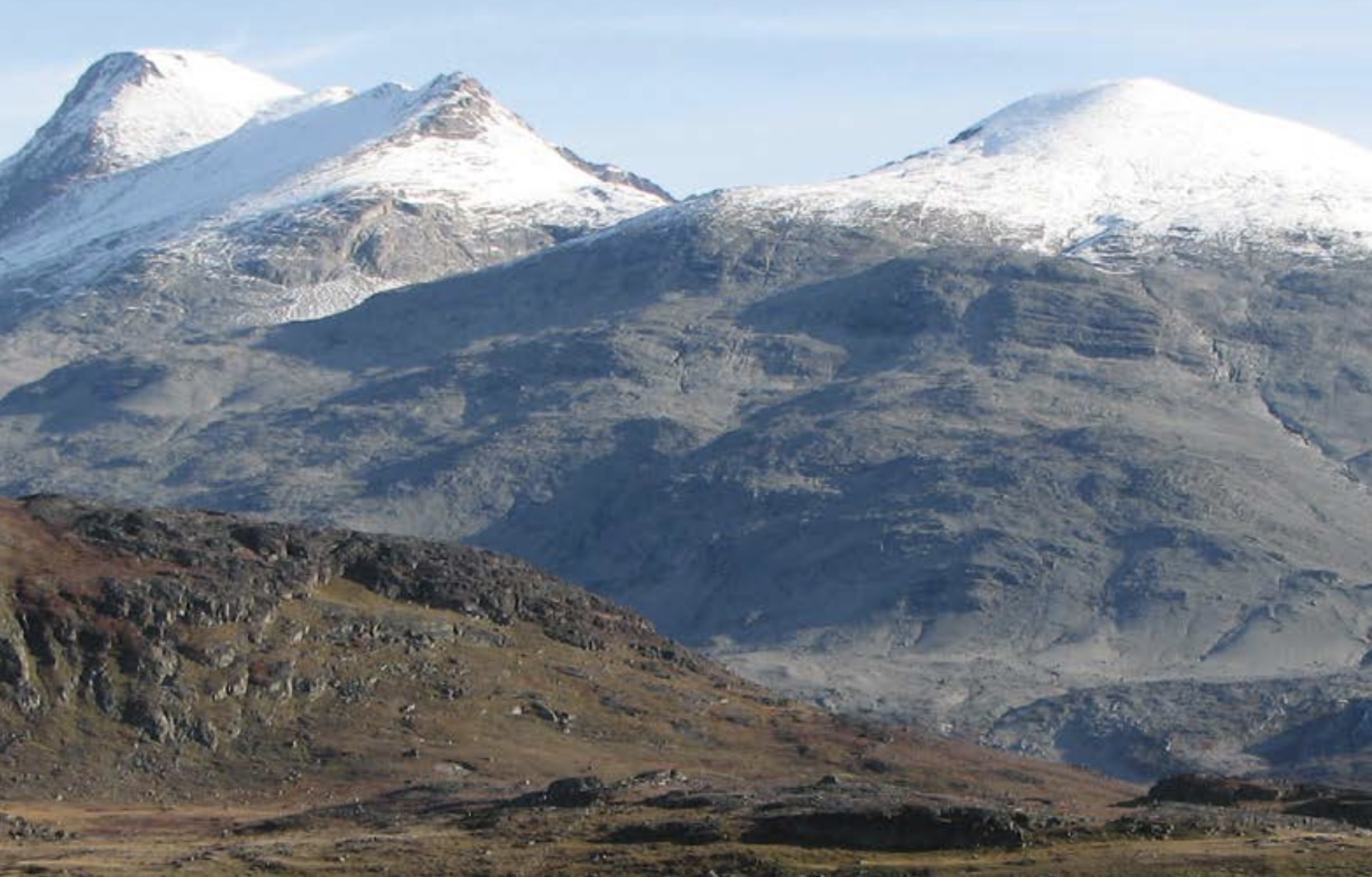Tectono-magmatic evolution of the younger Gardar southern rift, South Greenland
Brian G.J. Upton
The Mesoproterozoic Gardar province in South Greenland comprises some of the Earth's best exposed and best preserved alkaline intrusive complexes. The province was formed by continental rifting and associated magmatism during a long interval (1300–1140 Ma). Of the two parallel Gardar rift zones, the southern zone underwent a separate evolution during the younger Gardar period (1185–1140 Ma). This bulletin describes this mega-volcanic system with rifting, magma generation, emplacement and crystallisation in giant dykes and central intrusions. The primitive basic magmas evolved by fractionation into extreme compositions, and some intrusions, in particular the famous Ilímaussaq complex, contain accumulations of rare and exotic elements such as zirconium, niobium, rare earths and uranium. Many rocks show spectacular features of igneous layering and accumulation of crystals which recount the processes in the magma chambers. A modern analogue to the Gardar system is the Kenya Rift.
The author, Brian Upton, has worked with the Gardar province for more than 50 years. His knowledge is based on extensive field work, laboratory studies and comparative studies in other alkaline provinces.






